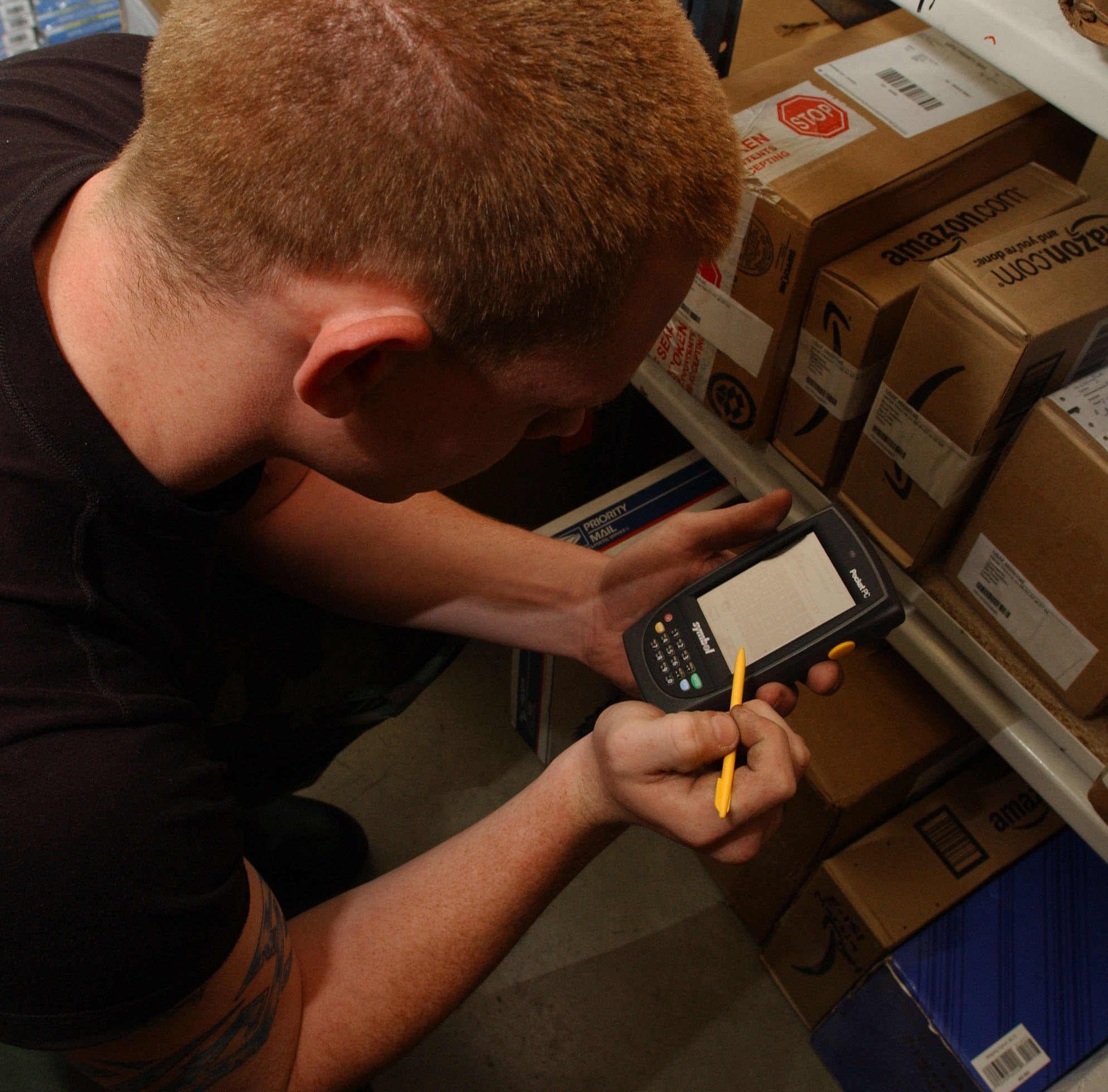Mistakes to Avoid When Setting Up a Dropshipping Business


As consumers and businesses begin to expect more quick and convenient opportunities, drop shipping has become one of the go-to methods for online retail. This certainly makes sense, as it’s a great way for retailers of all sizes to expand their catalogs without having to manage inventory – leaving more time to focus on marketing and business development.
However, the dropshipping industry can be tricky. It often gets difficult to provide a consistent customer experience when a huge part of it is out of your direct control and in the control of your supplier. However, if you want customer retention, you’ll need to take responsibility and avoid certain mistakes that can derail their experience and your business.
Here are some mistakes to avoid at all costs for a successful dropshipping enterprise.
Not Paying Attention to the Legalities
22 – 33% of Internet retailers have adopted drop shipping as their primary method of order fulfillment, opening up a lot of opportunities that can create the illusion of a relatively unpoliced marketplace. However, this can’t be further from the truth – you need to pay close attention to the legal side of your business to keep it afloat.
You must follow certain steps when setting up your dropshipping enterprise to avoid later legal consequences. For instance, you need to register your business with the proper city, county, or state entities; apply for a business license; establish a business name, and get a business tax identification number.
And as with any legitimate business, your dropshipping company is also liable for taxes. Make sure you pay your business and personal taxes on time, every time.
Not Enough Branding
60% of U.S. millennials expect consistent experiences when dealing with brands online, in-store, or by phone. To maintain this consistency, you’ll need to make sure your brand is visible in the first place. Branding includes everything from generating a business name that is memorable, to devising a logo that tells your story, and building out strong customer touchpoints across channels.
In the dropshipping industry, it can get difficult to maintain brand visibility throughout the customer experience, as shipping is done through your supplier. To keep customers from forgetting about you, you’ll need to insert branding in as many places as possible throughout the customer journey.
Consider including branded packing slips, marketing package inserts like a catalog or brochure, and custom external packaging to make your brand more visible. You can also follow up with customers with a thank you note or survey to keep your company on their minds.
Mismanaging Order Exceptions
Businesses are losing about $62 billion each year due to poor customer service. To avoid being among them, it’s important to make sure the main part of your business – managing product orders – is as seamless as possible.
As much as we’d love to have each drop ship order arrive to the customer perfectly and on time, the reality is that issues often come up that can create customer dissatisfaction. As the retailer, this is your responsibility to manage – even when you don’t have much direct power to fix the problems yourself.
Make sure you’re prepared with quick, simple solutions to order problems to help customers feel accommodated and more likely to shop with you again. For instance, if a customer contacts you to change their order, set expectations with them appropriately and let them know that you’ll confirm when the order change is complete. You should also make sure that your vendor has a quick response time for confirming order changes and cancellations.
For issues with damages, lost deliveries, and other order problems, set up a process for managing these concerns in advance. Make sure you can resolve customer issues quickly and have a strong agreement in place with your vendors so there are minimal customer delays. Ensure that your supplier will replace damaged items immediately and come up with a standard procedure to minimize the back-and-forth between you, the customer, and your vendor.
Messing Up Returns
Similarly, you need to have a seamless return process to keep up your reputation. There are 2.1 million negative social mentions about brands in the U.S. alone, every single day. This means that if you don’t keep a clear, easy return policy, the word can spread and damage your brand.
To improve overall customer satisfaction and increase conversions, it’s important that you think about dealing with returns before that first customer who wishes to return a product contacts you. Establish a clear return policy with your vendor, and make sure it’s organized and easily understandable on the customer end to save you and the customer confusion and irritation later down the line.
Despite the potential pitfalls of dropshipping, it can be extremely rewarding if you put the right precautions in place.
What are some other common mistakes in the drop shipping industry?

